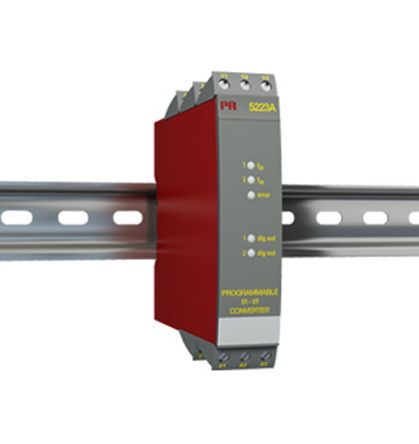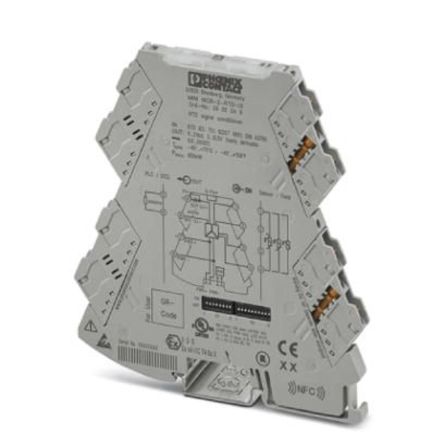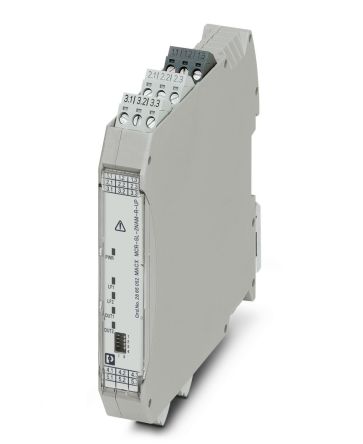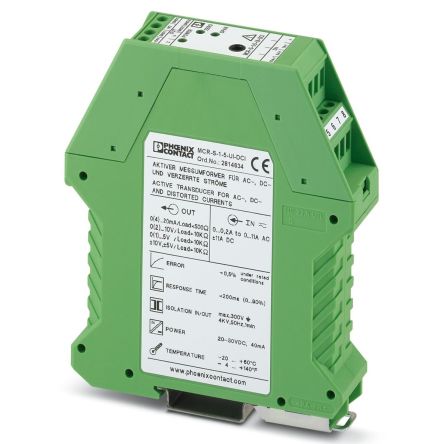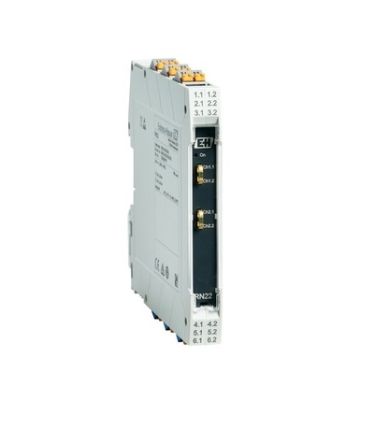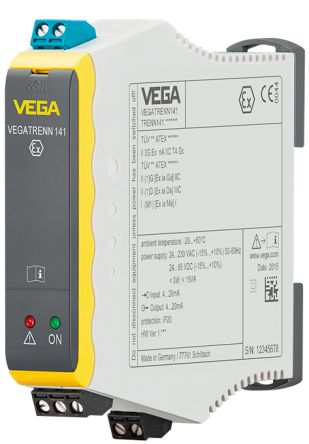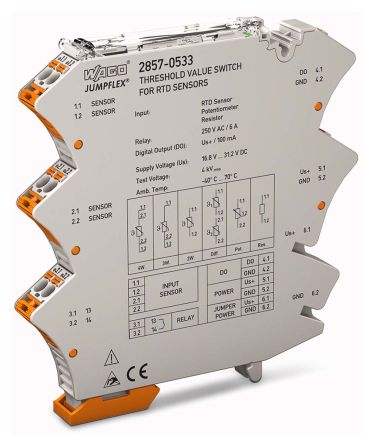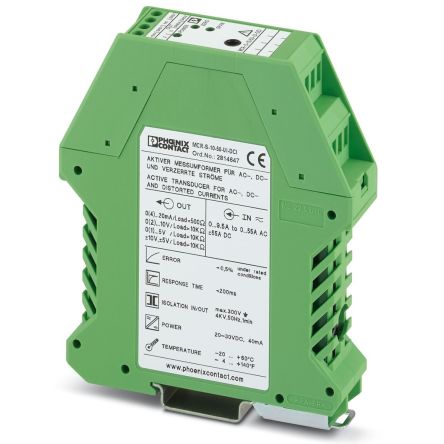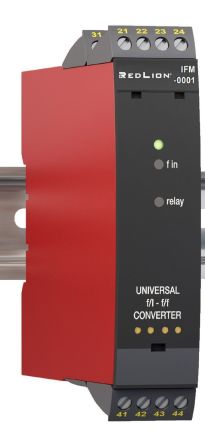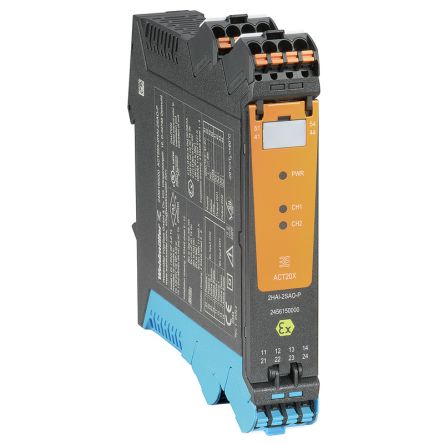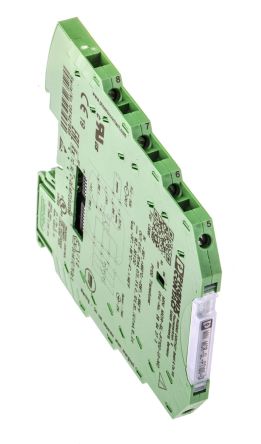- Automation & Control Gear
- Cables & Wires
- Enclosures & Server Racks
- Fuses & Circuit Breakers
- HVAC, Fans & Thermal Management
- Lighting
- Relays & Signal Conditioning
- Switches
- Batteries & Chargers
- Connectors
- Displays & Optoelectronics
- ESD Control, Cleanroom & PCB Prototyping
- Passive Components
- Power Supplies & Transformers
- Raspberry Pi, Arduino, ROCK, STEM Education & Development Tools
- Semiconductors
Signal Conditioners
Signal conditioners are electronic devices used to modify and optimize electrical signals in various measurement and control systems. They are typically employed in situations where the electrical signals from sensors, transducers, or other sources need to be adjusted or conditioned to meet specific requirements.
How do Signal Conditioners Work?
The primary purpose of a signal conditioner is to ensure that the signals are suitable for further processing, transmission, or conversion by other devices or systems. Signal conditioners can perform a variety of functions depending on the specific application.
What are the types of Signal Conditioning?
Signal conditioners can be classified into several types based on their specific functions and the signals they process. Here are some common types of signal conditioners: Amplifiers: Amplifiers are signal conditioners used to amplify weak input signals. They increase the signal strength to a level suitable for further processing or transmission. Filters: Signal conditioners that incorporate filters are used to remove unwanted noise or interference from the input signals. Different types of filters, such as low-pass, high-pass, band-pass, or notch filters, are used based on the specific frequency ranges to be filtered. Linearizers: Linearizers are signal conditioners that compensate for nonlinearities in the input signal. They apply mathematical algorithms or lookup tables to linearize the output and provide a more linear response over the measurement range. Isolation Amplifiers: These signal conditioners provide electrical isolation between the input and output sides of a system. They protect sensitive measurement equipment from electrical noise, voltage spikes, and ground loops, ensuring accurate and reliable measurements. Converters: Signal conditioners known as converters are used to convert signals from one form to another. For example, analogue-to-digital converters (ADCs) convert analogue signals into digital form, while digital-to-analogue converters (DACs) convert digital signals into analogue form.
Where are Signal Conditioners Used?
Signal conditioners are widely used in industrial automation, process control, data acquisition systems, scientific research, and various other fields where accurate and reliable signal processing is essential. They play a crucial role in optimizing signal quality, reducing noise, and improving the overall performance of measurement and control systems.
